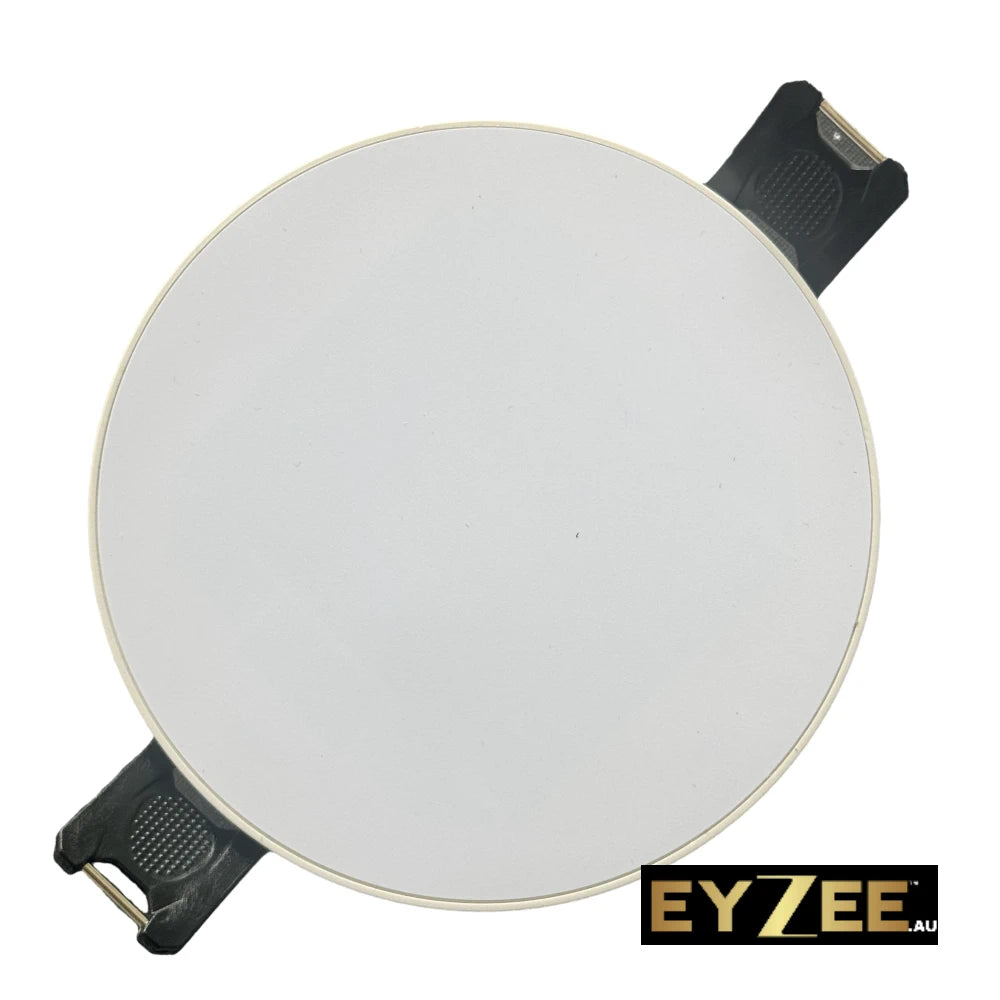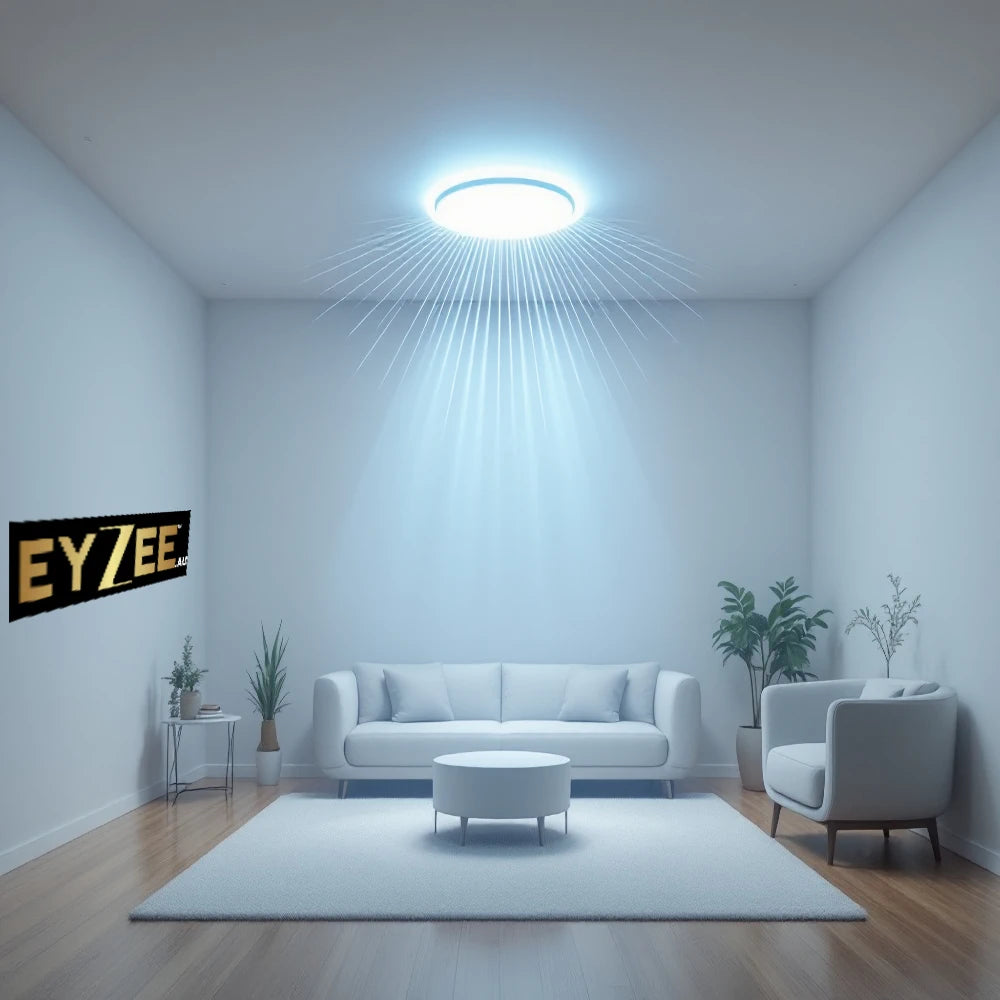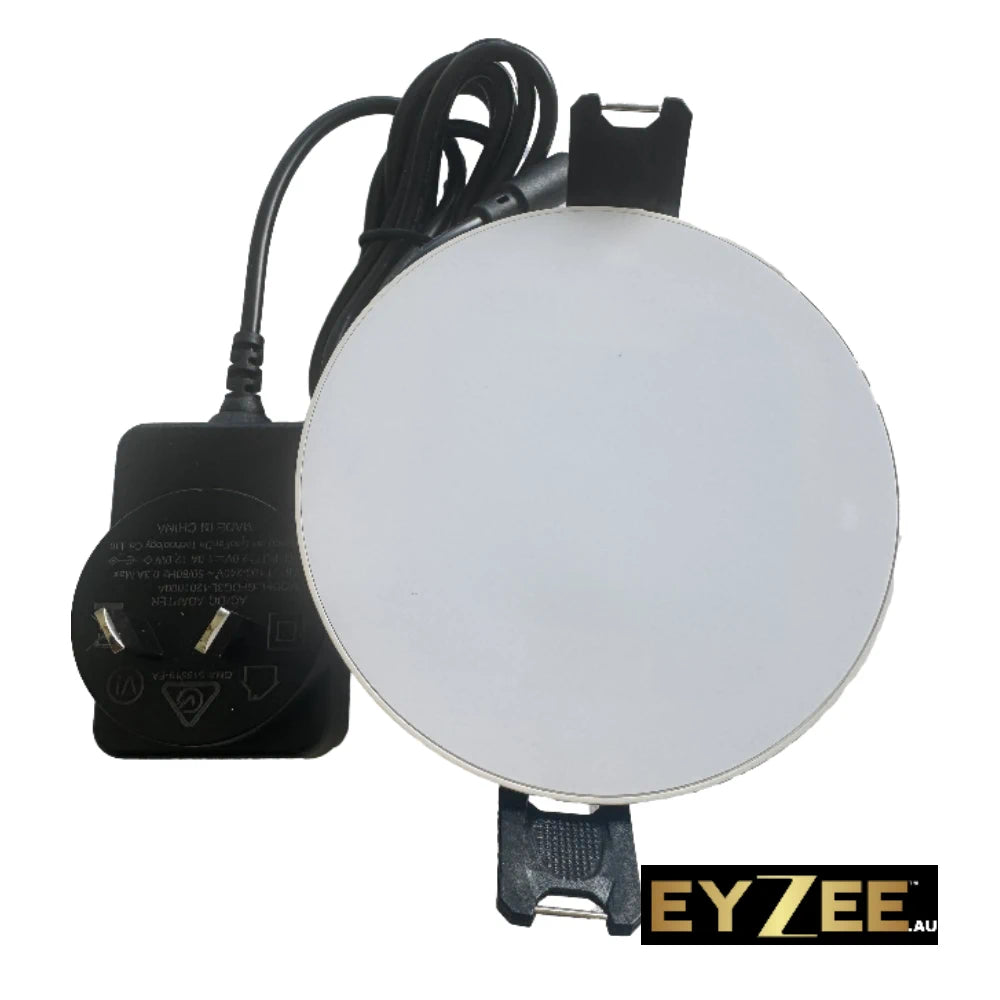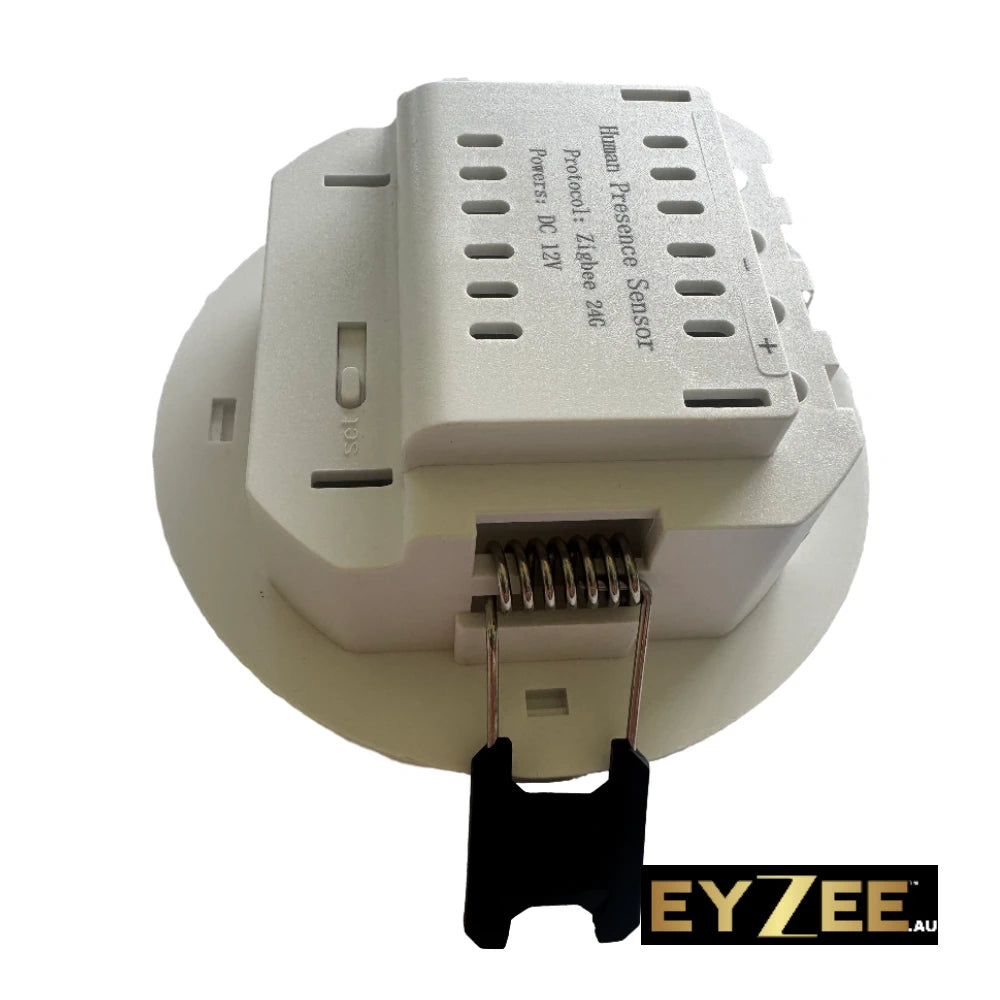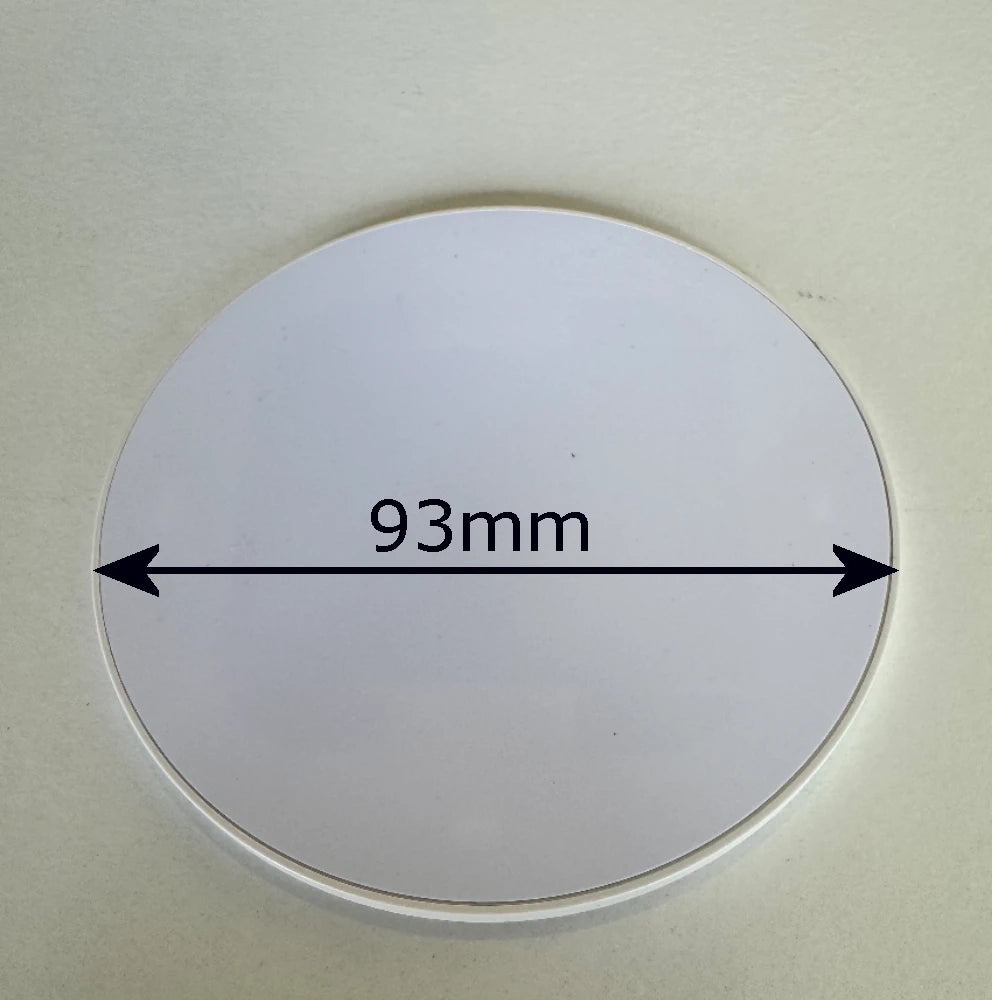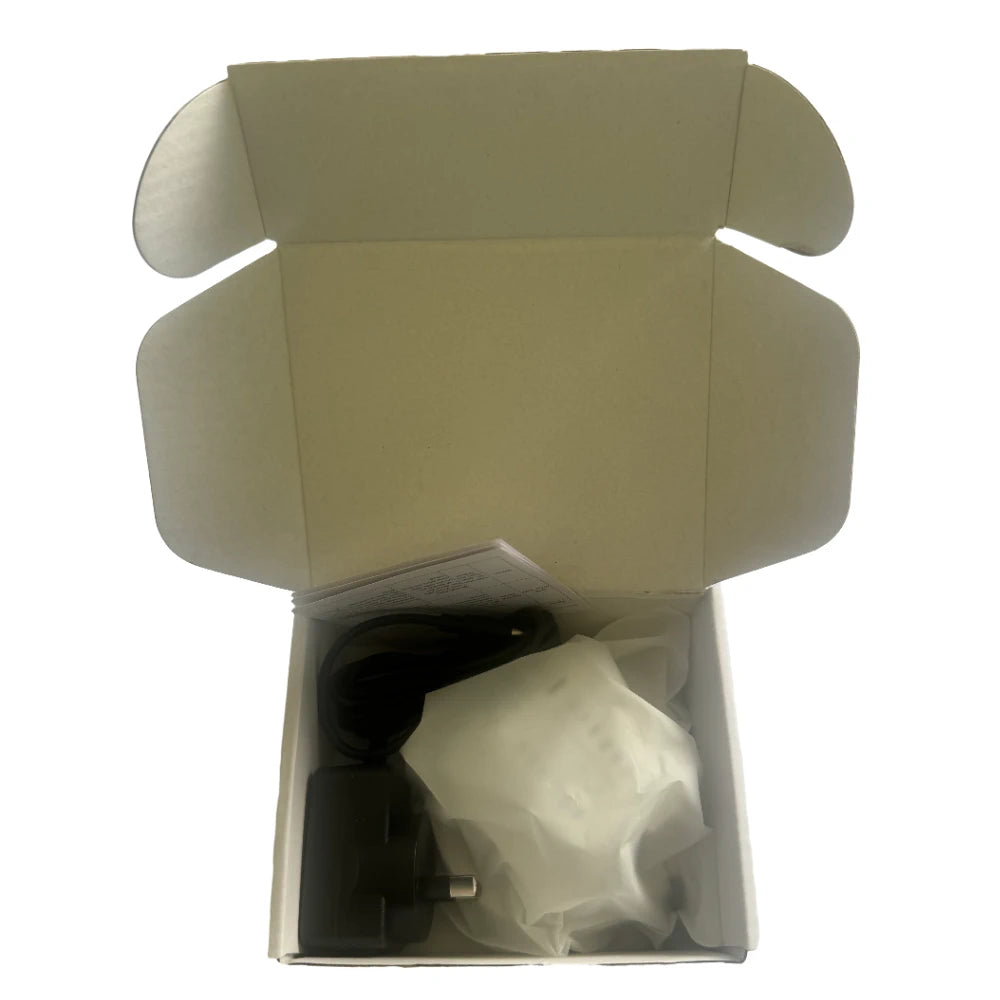Smart Homes Matter Pty Ltd
Zigbee Ceiling Human Presence Motion Sensor | High Sensitivity & Customisable
Zigbee Ceiling Human Presence Motion Sensor | High Sensitivity & Customisable
Protocol - Zigbee
FREE shipping on all orders
Beginner's Smart Solution Kits here
Couldn't load pickup availability
Zigbee 3.0 HPS Human Presence Sensor
Revolutionize Your Smart Space with Unmatched Sensor Precision
Discover the future of smart sensing with the Zigbee 3.0 Human Presence Sensor. Engineered for unparalleled accuracy, this sensor detects human presence, static, micro-movements, and motion. Perfect for smart homes, hotels, offices, and more, it ensures seamless integration and security monitoring.
Key Features:
- Advanced Detection: Accurately senses presence, absence, and even subtle movements like breathing. Ideal for enhancing security and automation.
- Seamless Integration: Connect effortlessly to your Zigbee-enabled smart home system. Pair with the provided 12V adapter and configure via the Smart Life app.
- Versatile Applications: Perfect for IoT environments, including smart homes, hotels, offices, elevators, and security systems.
- Lux Meter: Built-in illuminance Lux meter
- Works With: Home Assistant HA, TUYA Smart Life
Installation Made Easy:
- Ceiling Integration: Install discreetly in an 80mm ceiling hole. The sensor's 93mm outer diameter ensures a sleek, unobtrusive fit.
- Quick Setup: Long-press the reset button until the blue indicator flashes, then add to your smart hub via the Smart Life app.
-
Efficient Power: Our Zigbee Human Presence Sensor is designed with energy efficiency in mind, featuring a 12-volt power supply supplied that ensures low power consumption without compromising performance while allowing for DIY installation.
User Instructions:
- Customizable Settings: Adjust detection distance (up to 9.5m), sensitivity (0-9), and delay time for optimal performance. Default settings ensure reliable operation.
- Adaptable to Environment: Tweak parameters to suit specific scenes and reduce false alarms.
- Download HPS settings data sheet
Technical Specifications:
- Wireless Technology: Zigbee 3.0
- Working Voltage: 12V DC
- Temperature Range: -20°C to +70°C
- Sensitivity: Adjustable from 0 (low) to 9 (high)
- Trigger sensitivity: Range 0 - 3
- Near detection: Range 0 - 9.5 metres
- Max detection: Range 0 - 9.5 metres
- Lux Meter: Range 0 - 2000 lux
- Indent Level: Range 0 - 3
-
Delay Time:
- Target detection (0-0.5 second)
- Disappearance (2 seconds to 25 minutes)
Elevate Your Space:
Transform your environment with the Zigbee 3.0 Human Presence Sensor. Experience cutting-edge technology that adapts to your needs, providing peace of mind and enhanced control over your smart space. Order now and embrace the future of smart living!
Upgrade your smart home with the ultimate motion detection technology!
- High Sensitivity: Detects even the slightest movements with precision.
- Fully Adjustable: Customize sensitivity, range, and other parameters to fit your needs perfectly.
- Powered by: 12 volt AU adapter included
Achieve Total Control with Customizable Sensor Settings
Our Zigbee Human Presence Sensor offers unparalleled customization to suit any environment, providing you with total control over its operation:
Sensitivity: Adjustable from 0 (low) to 9 (high)
- Explanation: Sensitivity determines how responsive the sensor is to motion and presence. A higher sensitivity (closer to 9) means the sensor can detect even subtle movements, like breathing, whereas a lower sensitivity (closer to 0) requires more significant movement to trigger detection.
- Example: In a bedroom, you might set sensitivity to 8 to detect subtle movements like turning in bed. In a busy hallway, a setting of 4 might be sufficient to avoid triggering on minor movements.
Trigger Sensitivity: Range 0 - 3
- Explanation: Trigger sensitivity specifically adjusts how easily the sensor is activated by motion. Lower values require more pronounced movement, while higher values can trigger with minimal motion.
- Example: In a quiet office, setting the trigger sensitivity to 2 ensures the sensor activates with typical office activity, while in a storage room, a setting of 1 might prevent unnecessary activations.
Near Detection: Range 0 - 9.5 metres
- Explanation: Near detection specifies the range within which the sensor can detect motion or presence. The setting should be adjusted based on the size of the room and the desired coverage area.
- Example: In a small bathroom, setting near detection to 3 metres ensures the sensor only detects within the immediate area, while in a living room, setting it to 6 metres might be more appropriate.
Max Detection: Range 0 - 9.5 metres
- Explanation: Max detection sets the maximum distance at which the sensor can detect presence. This should be set according to the largest area you want monitored.
- Example: In a large conference room, setting max detection to 9 metres ensures coverage across the entire space, while in a smaller kitchen, a setting of 2 metres might be sufficient.
Lux Meter: Range 0 - 2000 lux
- Explanation: The lux meter measures ambient light levels, allowing the sensor to adjust its operation based on the lighting conditions. This is useful for applications like adjusting lighting based on natural light availability.
- Example: In a room with large windows, setting the lux meter to 1500 lux might prevent lights from turning on during bright daylight, while in a dim hallway, a setting of 500 lux could ensure lights activate when needed.
Indent Level: Range 0 - 3
- Explanation: Indent level adjusts the depth of detection, affecting how the sensor perceives vertical spaces. This can be useful in multi-level areas or where vertical detection is critical.
- Example: In a stairwell, setting the indent level to 2 might ensure the sensor detects movement across different levels, while in a flat office space, a setting of 1 might suffice.
Delay Time:
-
Target Detection (0-0.5 second):
- Explanation: This setting controls the time it takes for the sensor to confirm a target's presence after initial detection. Shorter times provide faster responses, while longer times reduce false positives.
- Example: In a high-traffic area, setting this to 0.2 seconds ensures quick response, while in a quiet library, a setting of 0.4 seconds might help avoid false triggers from brief movements.
-
Disappearance (2 seconds to 25 minutes):
- Explanation: This setting determines how long the sensor waits to confirm absence after a target leaves the detection area. Longer times can prevent lights from turning off too quickly.
- Example: In a bathroom, setting disappearance to 5 minutes ensures lights stay on for a reasonable time after use, while in a hallway, a setting of 2 minutes might be more energy-efficient.
Share
